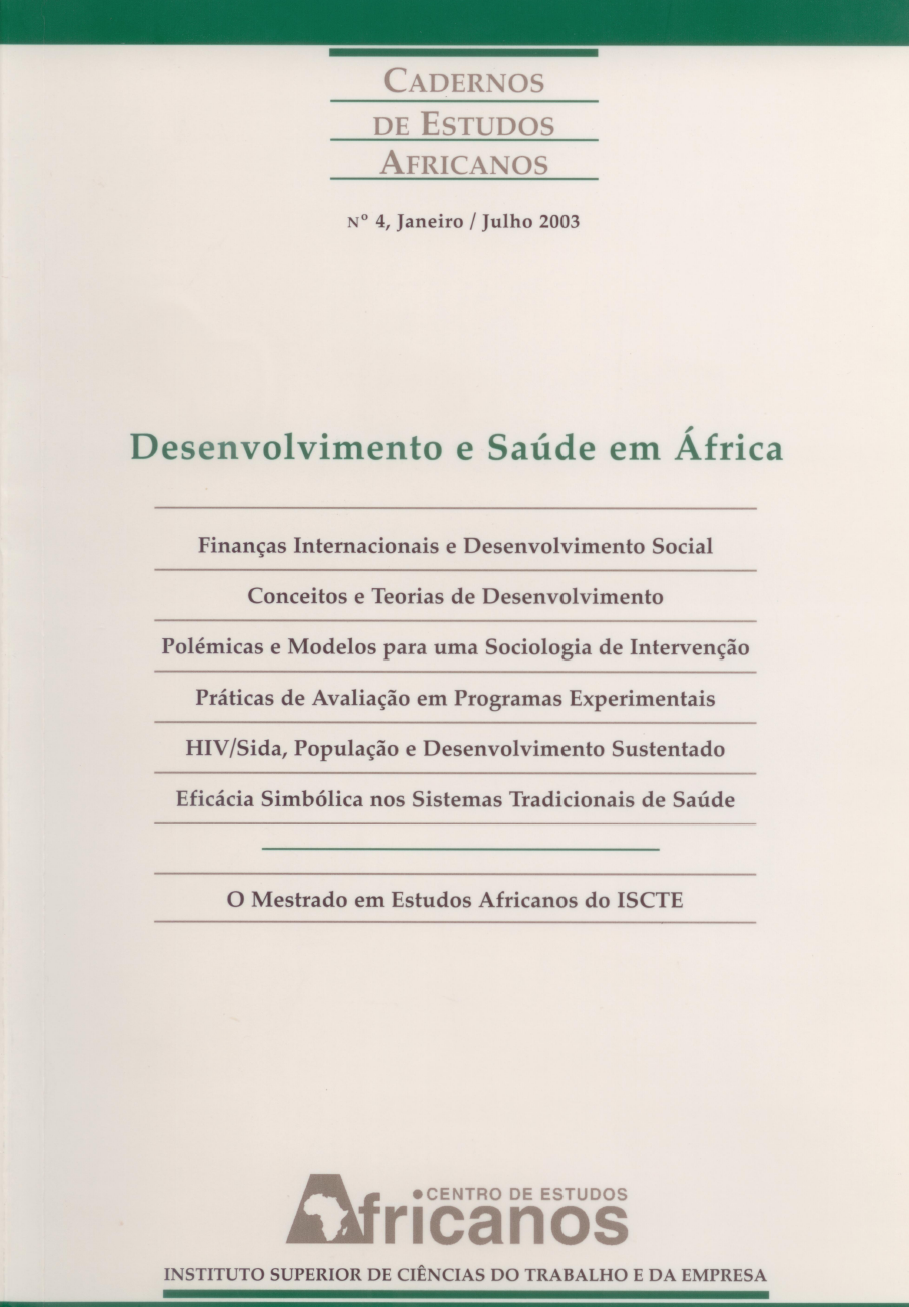Growth Patterns, International Finance and human Development: the experience of the last two decades
DOI:
https://doi.org/10.4000/cea.1575Keywords:
human development, AfricaAbstract
While the concept of human development has gained considerable academic and political acceptance, most indicators in this field recorded during the last twenty years slower rates of improvement than over 1960-80, while exhibiting a marked divergence both between and within countries. Improvements mainly benefited the middle and high-income urban groups and favored some regions and countries while the disadvantaged areas, social groups and nations recorded limited or no improvements. These only partially satisfactory trends appear to be related in many countries to a stagnation or decline in household incomes, a rise in their volatility, their increasingly more unequal distribution and growing problems in the international financing of development in poor countries. There is no general evidence, in contrast, that a worsening in the amount and distribution of public social expenditure contributed to the above trends.
References
G. A. CORNIA (ed.), Inequality, Growth and Poverty in an Era of Liberalisation and Globalisation, Oxford, Oxford University Press, 2004.
G. A. CORNIA & L. MENCHINI, «The pace and distribution of gains in child wellbeing over 1980-2000: some preliminary results», in G. A. CORNIA (ed.), Harnessing Globalisation for Children, <http://www.unicef-icd.org>, 2002.
G. A. CORNIA, N. DRAGER, D. WOODWARD & F. ZAGONARI, «Income Inequality in the Globalisation Era: Counting the Cost for Health», mimeo, Florence and Geneva, 2003.
L. C. SMITH & L. HADDAD, Overcoming Child Malnutrition in Developing Countries: Past Achievements and Future Choice, «Food, Agriculture and the Environment Discussion Paper- 30»,Washington, IFPRI, 2000.
World Bank, The World Development Report 2000/2001, Washington, The World Bank, 2000.
DOI : 10.1596/0-1952-1129-4
Downloads
Published
Issue
Section
License
Copyright (c) 2016 Cadernos de Estudos Africanos

This work is licensed under a Creative Commons Attribution-NonCommercial-ShareAlike 4.0 International License.
I authorize the publication of the submitted article/review of which I am the author.
I also declare that this article is original, that it has not been published in any other way, and that I exclusively assign the publication rights to the journal Cadernos de Estudos Africanos. Reproduction of the article, in whole or in part, in other publications or on other media is subject to the prior authorization of the publisher Centro de Estudos Internacionais do Iscte - Instituto Universitário de Lisboa.

